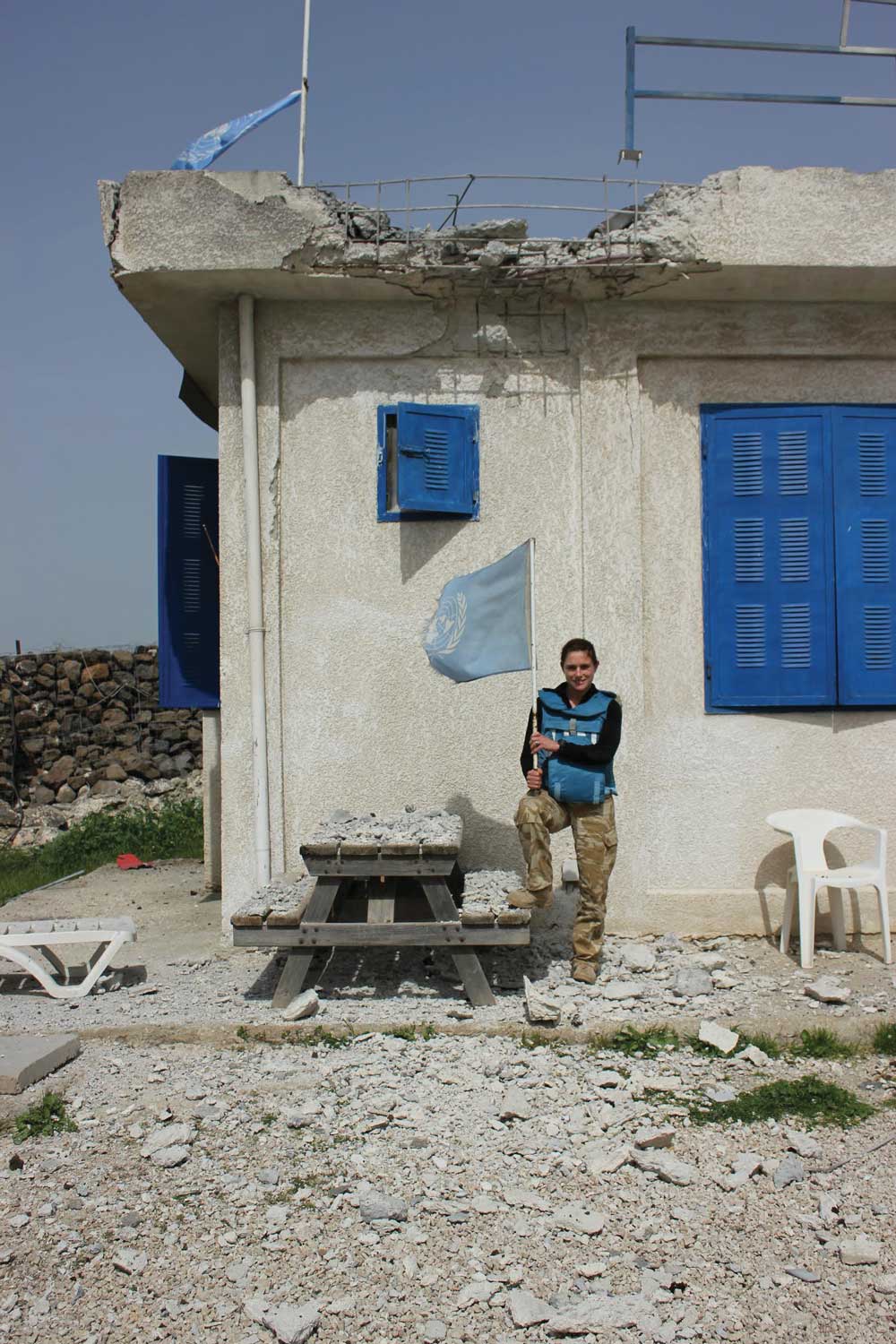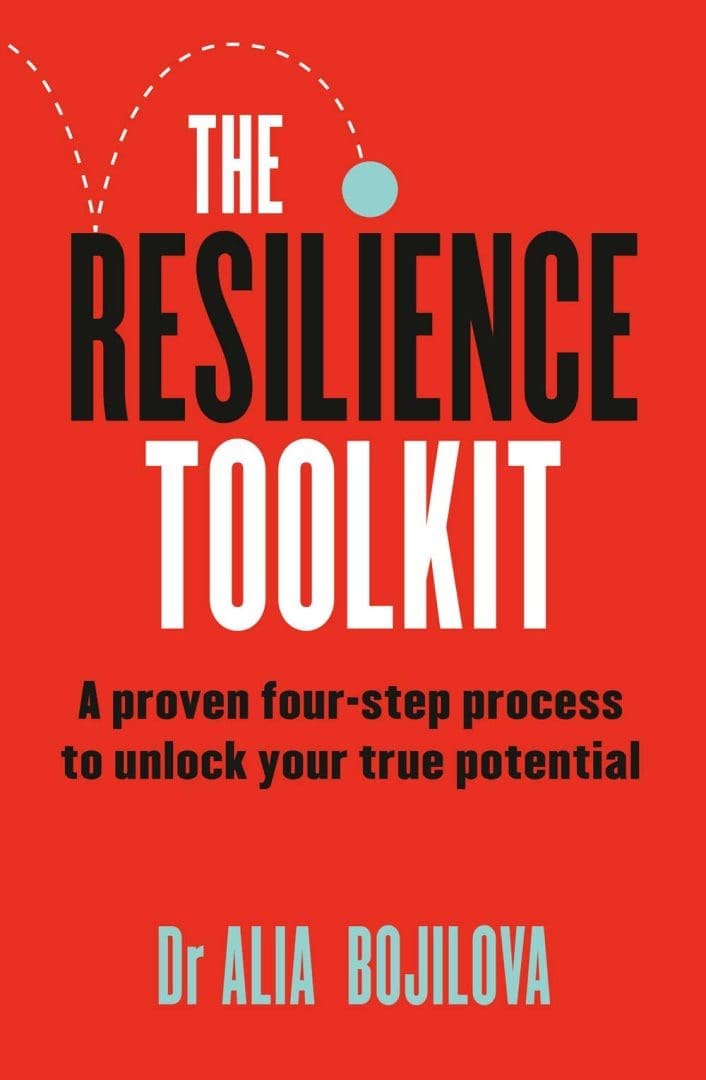Building Resilience in Modern Times
In an age where every click, swipe, or scroll seems to bring fresh news of global turmoil, local crime, idealogical division and the price of basics, it’s no wonder that stress and anxiety seem to have become our ubiquitous companion. Of course there are many other triggers for adversity and Dr. Alia Bojilova has experienced a lot of them in her life and work but she has built a career out of building and harnessing resilience.
Growing up amidst the tumultuous times of Eastern Europe, she faced challenges that would break many. But it was these very trials that shaped her indomitable spirit. At age 17, she embarked on a new life chapter, immigrating to New Zealand. Her tenacity would later see her serve as Lead Psychologist with the SAS in the New Zealand Defence Force, where she not only counseled elite soldiers but lived resilience firsthand. Her incredible feat of negotiating her and her team’s release after being taken hostage in Syria stands as a stark reminder of the human spirit’s capacity to prevail even in the bleakest circumstances.
Drawing from her unique experiences, Dr. Alia wrote the book on human resilience “The Resilience Toolkit: A proven four-stop process to unlock your true potential” It’s a guide that’s both grounded in real-life and sometimes heartbreaking experience and wisdom and backed by academic rigor. Thanks to Dr. Alia we are pleased to share some of the insights from her timely and important book.
Our brains are designed to draw and collect predictions that are based on current or common perceptions of our experiences. They are neatly folded layers of things we hear, see or believe we have experienced and therefore we anticipate we may experience again.
Self-preservation means that even the optimists among us register risks and the potential for failure more easily than the possibility for success when tackling the unknown. The only difference for the more resilient among us is that they are more ready to tackle whatever is ahead and they set their expectations to the best outcomes, not the worst. It is not prepare for the worst, hope for the best. It is consider the worst, work to the best.

When tested, fearful or depleted, we tend to anticipate outcomes in a way that will minimise harm to us or prepare us to protect ourselves from harm. The exact approaches we take may differ depending on our personality, values and past experiences.
When this is done in haste, we typically opt for the familiar rather than the optimal. We are wired to reduce uncertainty and the chaotic mix of emotions that uncertainty inevitably produces.
Resilience lies in the tension between the experiences we are grounded in and the greatest possibilities our creativity, will and vision for ourselves can generate. Resilience is all about maintaining balance on the spinning edge of possibilities.
‘Build your mindset to pursue what you aim for, rather than what you hope to avoid.’ This is the advice you would get from any of the resilience heroes I have studied.
We don’t see life as it is, we see life as it can be. That word ‘can’ opens up an entire world of possibilities if we set our minds to hope, to the possibilities and our intentions. However, it can also leave us depleted and paralyse us if we fail to resolve fear, doubt and negativity.
We try to prove ourselves to others, not realising that it is ourselves that we need to prove something to. What we seem to forget is: ‘Wherever we are, there we are!’ Unless we change our thoughts, feelings and actions, we will keep seeing the same results.

Changing your external environment won’t change your internal thoughts and feelings for long. To change the internal, you have to commit to small deliberate shifts towards improvement, consistently. This can be scary. It can feel like what we crave and desire is beyond our capability. This, we calculate based on what we have felt, known and observed in our pasts. And yet, every new experience allows us to innovate and reinvent.
In most cases, goals we think are way beyond our capacity call for extreme innovation. This frightens us! We wonder, ‘Why can’t I be fitter/kinder/more determined/braver’. Then, in the gap between what we perceive to be optimal and what we know to be habitual, we freeze.
We cease to realise that the habitual, the suboptimal and avoidance serve us too. They offset something else entirely. They keep fear of the new at bay. They buffer the effects of doubt, albeit temporarily. They extend the lifespan of comfort at the expense of improvement. When you know, see and recognise this, you can choose to stay where you are or you can choose to grow away from it. The way to resilience is through focusing on your intent and committing to daily actions towards your intent.
We are capable of building the most remarkable visions for ourselves. Yet, the words of the Harvard psychologist, William James may ring true for many of us, at least at some stages of our livess.
He once said:
‘Human beings usually live far within their limits; possess powers of various sorts which they habitually fail to use. They energise below their maximum, and they behave below their optimum.’
•
Resilience sits within our choices, no matter how big or small they are. When we think of resilience, we often focus on its outcomes. How we grow through each experience matters more though. Some outcomes we might see as resilient in the moment may simply be reactions that ultimately deplete resilience. Remember, resilience of the kind we need to thrive evolves, changes and expands as we live. What we rest our resilience on and how we display it may change over time.
Resilience can be pre-conditioned to an extent. There are degrees of resilience that are innate in us, but we can also develop it further through our habits. Habits are patterns formed by actions, and they are rooted in the choices we make consciously or otherwise. Our choices motivate actions, and the repetition of these actions can form habits that either fuel or deplete our resilience. Resilience doesn’t exist in isolation. It has deep roots and broad branches that hold us consciously or unconsciously and we grow attached to them. To build, broaden and fortify our resilience, some of these roots need to be nurtured while some of the branches need to be pruned in the right ways at the right time. One of the most crucial sequence of choices we make when it comes to developing resilience is what, where and how we choose to belong.
•
Habits are a redundant set of automatic, unconscious thoughts, behaviours and emotions that are acquired through repetition. Whether resilience-enabling or resilience-depleting, our thoughts and behaviours are often habitual. Our bodies become habituated to the most common thoughts and behaviours, even when they are not optimal, because these are more easily accessible. Our bodies activate the habitual faster than our minds can select the optimal.
Memories cue us to make predictions about how our day will unfold, based on the associations we’ve made with the people and experiences we think we will encounter. As a result, the vast majority of us start our new days in the moments of yesterday. We try to start the new but continuously re-enact our past.
•
When we stop being curious we begin to view challenges as closed-off loops of finite options and limited, fixed solutions. Practising curiosity, even if it is in how we might respond more optimally to the challenges around us, can be invaluable.
•
Resilience becomes an opportunity when the challenge of moving seems greater than the option of staying put. Unless it is a hot object we have landed on, movement always presents as a greater challenge than staying put. We are designed to avoid strain, doubly so when it may not guarantee positive outcomes. We also avoid strain when our desired outcome may seem out of reach. We are cued to settle for the familiar, even if it is not what’s best for us. The trouble is our growth, healing and thriving are always preceded by strain.
Resilience is also possible when we feel like we have reached a finite conclusion, when it seems we’ve hit the end of the road, or when the road ahead seems to be blocked. In these cases, we often choose to just stand there and handle the despair. However, resilience isn’t in enduring strain – that’s just grit!
Resilience is in slowing time and shifting our perspective enough to see how we can secure the load more effectively, to see what we feel as a burden as a platform for us to stand on, to look around that obstacle long enough and notice that beyond it might lie abundant potential. A change of perspective can show us that the boulder in our way can become a stepping stone towards an endless field of opportunities.
Remember, although your brain likes the familiar, it thrives on the road less travelled. Resilience is a possibility we need to afford ourselves more often, and this is where the crucial element of curiosity kicks in.


